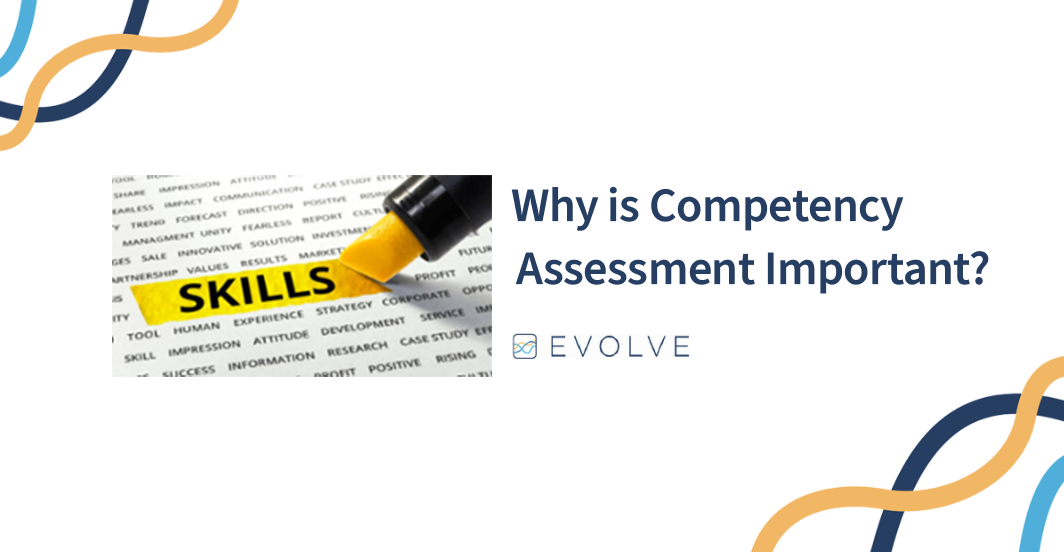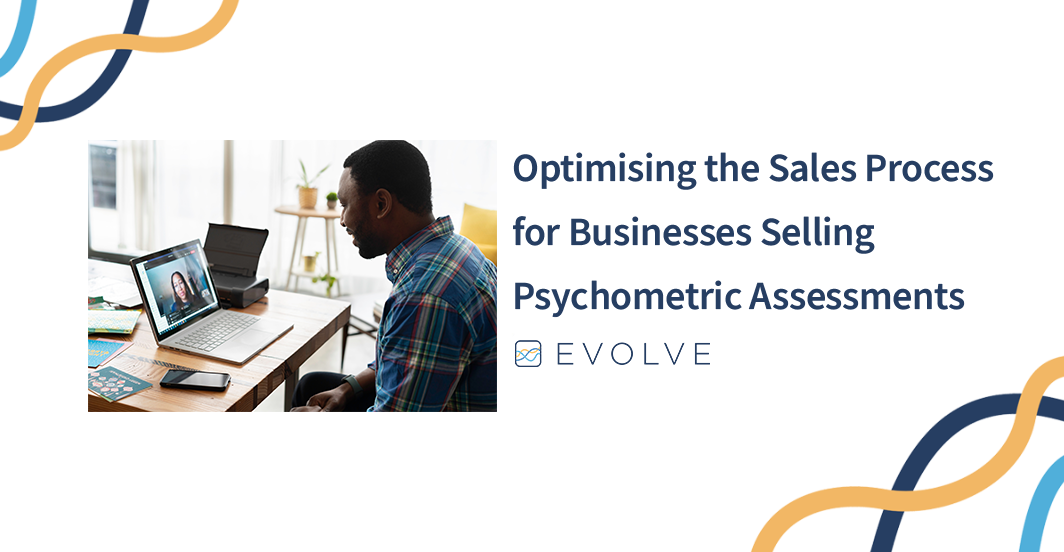The Benefits and Drawbacks of Pre-hire Assessments
Pre-hire assessments, also known as pre-employment assessments, are a popular tool used by employers to evaluate job candidates before extending an offer of employment. These assessments can include aptitude tests, personality tests, and skill assessments. Before evaluating whether recruitment assessments are a good fit for your organisation, it's important to understand why hiring managers find them useful, along with the challenges they encounter when implementing them as part of the recruitment process.
BENEFITS
Benefits of using pre-hire assessments include:
- Increased objectivity: Pre-hire assessments can help employers make more objective hiring decisions by providing a standardized way to evaluate candidates. This can reduce the risk of bias and ensure that all candidates are evaluated based on the same criteria.
- Better candidate fit: Pre-hire assessments can help employers identify candidates who possess the skills, abilities, and personality traits that are necessary for success in a particular role. This can lead to a better fit between the employee and the job, which can improve job satisfaction and performance.
- Reduced turnover: By identifying candidates who are a good fit for the job, pre-hire assessments can help reduce turnover rates. This can save employers money and reduce the time and resources that are needed to recruit and train new employees.
To make the most of the benefits of pre-hire assessments, employers can take the following steps:
- Use appropriate assessments: Employers should choose pre-hire assessments that are appropriate for the job and the skills and abilities that are required for the role. This can help ensure that the assessment results are relevant and useful for making hiring decisions.
- Use results as one part of the overall evaluation: Pre-hire assessments should be used as one piece of information in the overall evaluation of a candidate. Employers should take into account the candidate's overall qualifications, experience, and references, as well as the results of the pre-hire assessment, when making hiring decisions.
- Provide training and development opportunities: Employers can use the results of pre-hire assessments to identify areas where candidates may need additional training or development. By providing these opportunities, employers can help candidates improve their skills and be better prepared for the job.
- Monitor and evaluate the effectiveness of assessments: Employers should monitor and evaluate the effectiveness of their pre-hire assessments over time. They should track the performance of employees who have been hired using pre-hire assessments and use this information to make any necessary adjustments to the assessment process.
- Use pre-hire assessments in combination with other tools: Pre-hire assessments should be used in combination with other tools such as interviews, reference checks and work samples. This can provide a more comprehensive view of the candidate and help employers make more informed hiring decisions.
- Communicate the process clearly: Clearly communicate the pre-hire assessment process to candidates, including what they will be assessed on, how it will be administered and how results will be used in the hiring process. This can help ensure that candidates are aware of what to expect and can better prepare for the assessment.
By taking these steps, employers can make the most of the benefits of pre-hire assessments and use them to make more informed, objective hiring decisions that lead to improved job performance and reduced turnover.
DRAWBACKS
Drawbacks of using pre-hire assessments include:
- Limited scope: Pre-hire assessments can only assess a limited set of skills and abilities. They may not take into account other factors that are important for job performance, such as motivation, work ethic, or creativity.
- Potential for bias: While pre-hire assessments can help reduce bias, they are not always free from bias themselves. Test developers and administrators may inadvertently introduce bias into the assessment process.
- Cost: Pre-hire assessments can be costly to administer and score. Employers may have to pay for the assessment itself, as well as the time and resources needed to administer and score it.
To mitigate the effects of the drawbacks of pre-hire assessments, employers can take the following steps:
- Use multiple assessment methods: To get a more comprehensive view of a candidate, employers should use a variety of assessment methods, such as interviews, reference checks, and work samples in addition to pre-hire assessments. This can help employers assess a candidate's full range of skills and abilities.
- Address potential sources of bias: Employers should be aware of potential sources of bias, such as test format or language, and take steps to eliminate or minimize them. For example, employers can use assessments that are available in multiple languages to ensure that non-native speakers are not at a disadvantage.
- Evaluate results in context: Pre-hire assessments should be used as one piece of information in the overall evaluation of a candidate. Employers should take into account the candidate's overall qualifications, experience, and references, as well as the results of the pre-hire assessment, when making hiring decisions.
- Provide feedback to unsuccessful candidates: When a candidate does not pass a pre-hire assessment, employers should provide feedback on areas where the candidate needs improvement. This can help the candidate improve their skills and be better prepared for future job opportunities.
- Regularly review and update assessments: Employers should regularly review and update their pre-hire assessments to ensure they remain relevant to the job and do not contain any outdated or irrelevant questions.
- Consider cost-benefit: Employers should consider the cost of pre-hire assessments in relation to the potential benefits. They should weigh the cost of administering and scoring the assessment against the potential benefits, such as reduced turnover and improved job performance.
By taking these steps, employers can reduce the potential drawbacks of pre-hire assessments and use them as an effective tool in the hiring process. It's also important to note that pre-hire assessments should be used in compliance with legal and ethical guidelines and laws.
Pre-hire assessments can be a valuable tool for employers when used as part of a comprehensive hiring process. They can provide employers with objective information about candidates and help identify those who are a good fit for the job. However, pre-hire assessments have limitations, and employers should be aware of the potential drawbacks when using them. It's important to use pre-hire assessment as a tool, not the only tool in the hiring process.


